This is the second part of my “How To Find a gem” articles. Decided to cut this guide into multiple parts so everyone can take their time and study it in detail.
- Social Signals
After the fundamental analysis, you should analyze the so-called Social signals. This includes everything that can be found on social media, telegram groups, discord groups and other similar platforms. Why is this important? Because with the social media analysis, you can understand the market sentiment of the project, which should not be underestimated.
Telegram and twitter are usually used by teams working on crypto projects as a way of keeping their followers up to date with project development, partnerships and news. Not having both is usually a red flag. Other social media can also be used, but these two are enough for a quick pass.
When examining their Twitter, don’t even bother looking at their followers as they are easily bought. Instead, focus on how often the project is posting original content, if is it well written, graphically good looking and if is it genuinely informational. Make sure you check what kind of engagement it’s getting (likes, retweets, comments etc.). How much of it is positive, supporting, enthusiastic and how much of it is pessimistic?
Read the team’s replies and comments as well, they should be professional no matter what. While analyzing their socials, you can discover their partnerships or deals with crypto influencers or other projects by keeping an eye out for who they’re retweeting. You might aswell do a twitter search for the $ of the coin and look at the “latest”. Spend some time looking through the feed and again, pay attention to who is tweeting about it and what they’re saying.
After you’re done with Twitter, join their telegram channel. An “announcement” channel with no replies is fine, as long as they have a discussion channel aswell. Having 100 messages per day is generally a good sign, so are fast and professional replies from the admins. Search the channel for the keywords “scam”, “problem and “help” and see how well the problems are resolved. Having these messages isn’t necessarily a bad sign, having poor support is. Pay attention how the community reacts to these kinds of problems as well. Ideally, they defend the project and have sensible arguments. If they act toxic or are just mindlessly trying to push the price higher and hide problems standing in the way, you should take it as a warning.
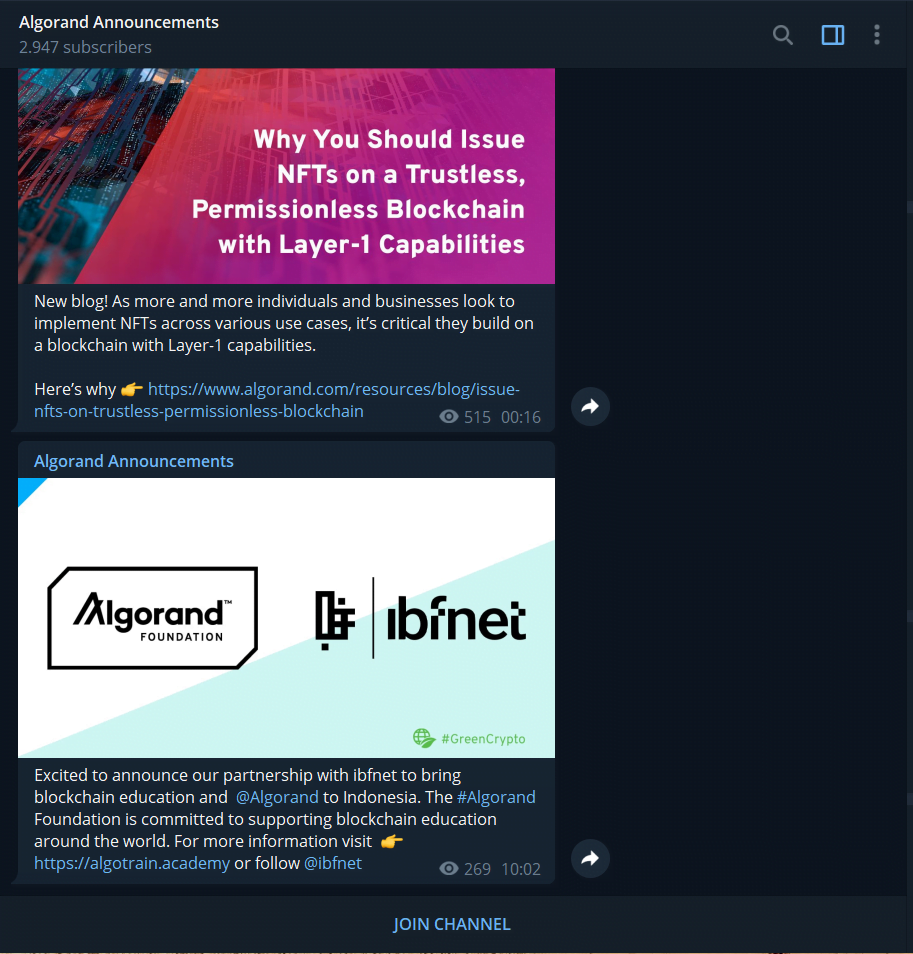
After inspecting their social media, try Google. See what news are posted about them and who is talking about them. It might reveal controversies or famous supporters/investors.
Lastly, you should look out for any upcoming announcements or updates which might signal an opportunity to buy before the price jumps up. Check the pinned tweets, scan the latest posts, follow the founders if they have a public account. Kindly ask the developers/admins about it if you can. In most cases, the developers will often hint what’s coming to the extent that the community can guess what it is before it’s officially released.
2. HTF Technical Analysis
Now that you understand the fundamentals and know how well the project stands in the public eye, it’s time for a technical analysis to see if there is indeed an opportunity to buy the coin. This part varies from trader to trader, so we cannot give exact suggestions and go-to steps that you should do, but we will outline what we believe is a good start if you’ve never dipped your toes into technical analysis.
Technical analysis is a trading discipline for evaluating investments and identifying opportunities in price trends and patterns on charts. It can be used for day trading, short term trading, long term trading and more. Our TA goal here is to figure out what the coin’s price was doing in the last months/year, look for a good entry point for our investment or to see whether it’s a good idea to wait for the desired coin’s price to fall lower, making it an even bigger opportunity for us. To understand what we’re talking about, make sure you understand the following terms: candlestick, bullish/bearish, trading volume, breakout patterns, exponential moving average (EMA) and consolidation. If you don’t, consider examining additional resources before continuing.
We’ll be making a High timeframe (HTF) technical analysis, so we don’t get caught up in the small daily price actions and to make sure we understand the big picture, a good chunk of the coin’s price history. To achieve this, your chart period (the length of time represented by one candlestick) should be set to 1 day. In this guide we will focus on finding one of the many breakout patterns called the “Cup and handle” pattern, but there are others that might signal an uptrend we’re looking for.
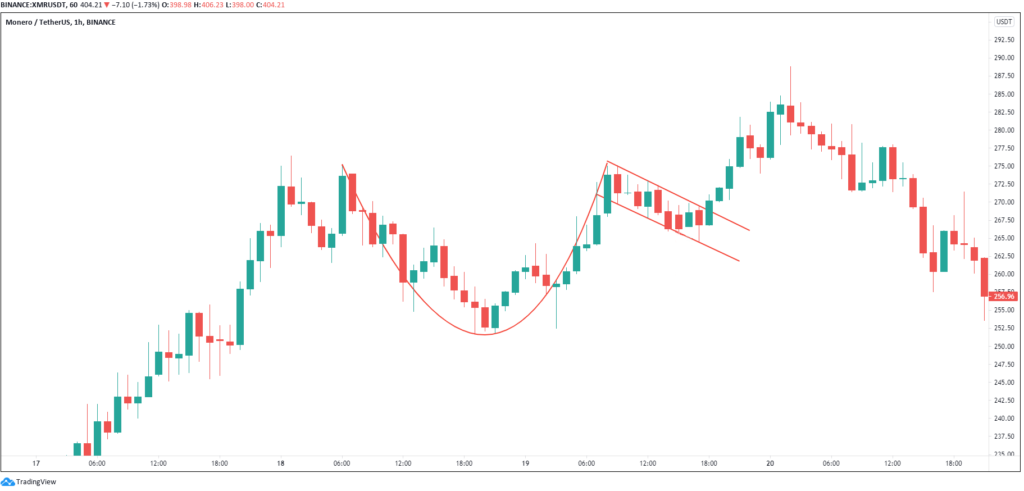
This is just one example of how we can predict an upward trend in price with a breakout pattern, but the trend can go upward even if this pattern is not present. Instead there may be others signaling an uptrend, such as the ascending triangle, the double bottom and the head and shoulders.
3. Strategy
By now you should have a very good idea of what the project is about, how good/bad it’s looking right now, how much potential it has, how good of a team is behind it, what’s the public sentiment/narrative around it and if there are any opportunities to buy it. Before pressing the go button, you have to define your strategy. At the very minimum, decide if you’re going to do a short term play or if it’s going to be a long term investment. It all comes down to how much you believe in the project and how confident you are it will succeed in the long term.
If you’re deciding to cash out after making some profit, define your entry, exit points and stop losses. If you’re going with the long term investment, dollar cost averaging might be a useful tactic when there are no real opportunities to invest large sums all at once into the project. Either way, invest what you’re willing to lose, as the future might hold a twisted turn of events that could ruin a project no matter how promising it looks at the moment.
4. Do or do not
When making the final decision, you have to be confident you’re making the right move. If your gut is telling you otherwise, you most likely didn’t do your research properly. When you decide to pull the trigger anyway, you might lose faith and do something stupid like selling when the price dipps slightly for no reason before rallying into the sky. Don’t let doubt cloud your vision. If you’ve done your research properly and the information you examined was in fact correct, you should be able to place your bet wisely and keep a cool head despite others telling you otherwise. As the wise Jedi master once said: “Do or do not, there is no try.”



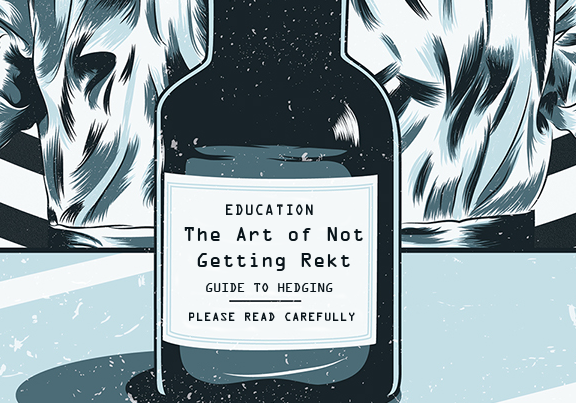
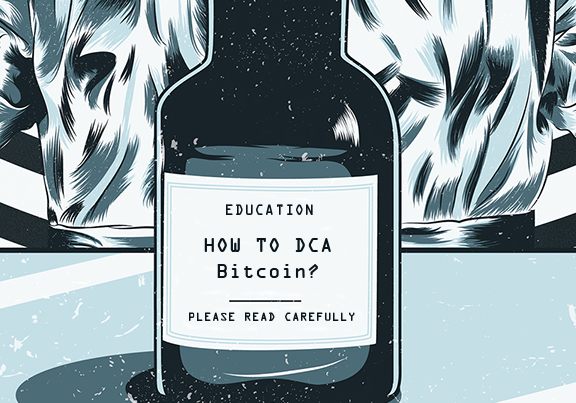
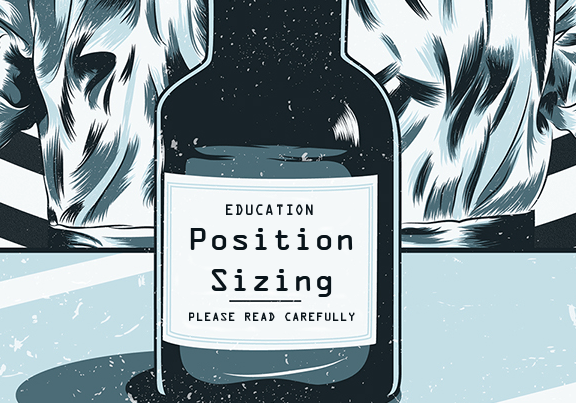
These are super helpful tips and the website overall is quickly becoming my go to for real time and fundamental knowledge. Thanks Bloodgood! Curious to know if there are certain token launchpads the #Bloodgang should consider as a source for potential gems.